What Free 3D Design Software?
A few days ago we looked at the process of creating your own 3D printer files. There are a few steps to that, but the most challenging one is definitely the actual creation of the 3D model itself. On the bright side it’s got a lot simpler to make high-quality 3D models in the last few years, and you don’t need to spend money on expensive software either. There are some great free 3D design software options, and today we’re going to look at a few of them in more detail.
3D Builder
Search for “3D” in the latest versions of Windows 10 and you’ll find a link to 3D Builder in the Windows Store. It’s a free app that can be used to design simple objects – and it even contains a basic slicer, so you can output finished models to your printer without needing a separate app. If you do prefer to use a dedicated slicer like Cura (which personally I’d recommend) that’s no problem – 3D Builder will export STL files that any slicer will happily open.
3D Builder does have some serious limitations. It lacks features like the ability to bevel or radius edges, for example. On the other hand it does have a very simple and intuitive click-and-drag interface, and it lets you perform functions like adding or subtracting shapes. You can use the subtract function to overlay shapes and then cut one from the other, which lets you create relatively complex objects from its small library of predefined shapes. This is probably the simplest 3D modelling app around.
TinkerCAD
TinkerCAD is another simple option, although it’s a little more involved than 3D Builder (and also has more functions). This one is a web-based app, so no download is needed and once you’ve created an account you can access it on any computer. Again, you can use a library of basic shapes, and merge or subtract these to create more complex ones. TinkerCAD can export to an STL file, and while I didn’t find the interface quite as intuitive as 3D Builder it’s still simple to use.
FreeCAD
FreeCAD is a completely different kettle of fish. It’s a full-featured CAD programme that takes some real effort to learn, and the feature-packed toolbars are going to intimidate a lot of people. It’s worth sticking with, though; as impenetrable as it might look at first, there are plenty of tutorial videos on YouTube that will help you pick up the basics quite quickly. Once you know your way around the interface – which, like most professional-grade design programmes, isn’t intuitive at all – the advanced features become a lot easier to pick up.
If you can master FreeCAD you can create a 3D model of virtually anything, and export it as a slicer-ready STL file. So far, I’ve had no slicing problems with anything I’ve designed in FreeCAD. It isn’t the easiest programme to get to grips with, but if you put in the effort you’ll find yourself with an immensely powerful tool at your fingertips.
Blender
Blender is, if anything, even more intimidating than FreeCAD. It’s also just as powerful, although its developers had different goals in mind. Blender is a favourite with 3D animators and game designers, but its ability to create insanely detailed 3D models translates well to 3D printing. I would give FreeCAD the edge for designing practical objects, like mountings, fasteners or mechanical parts, but if you want to print artworks Blender is definitely the way to go. It has some extremely good sculpting tools that, once you figure out the interface (which I freely admit to struggling with on a regular basis) give you the freedom to be creative in a way that FreeCAD’s technical focus just doesn’t allow.
There are a lot more free 3D design software tools out there, but these are the four I’d recommend. If I had to pick two of them for a total beginner to 3D modelling I’d say get started with TinkerCAD to learn the basics of 3D design, then move on to FreeCAD as soon as you feel you understand the interface well enough.

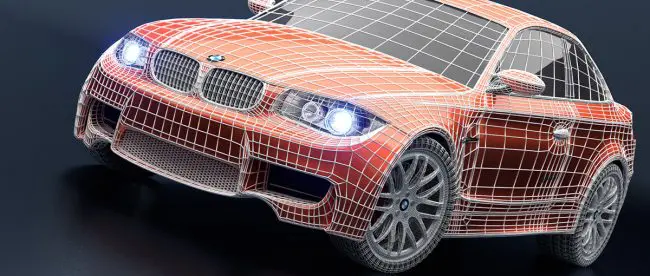
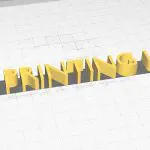

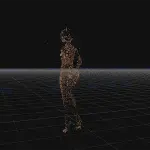
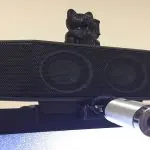

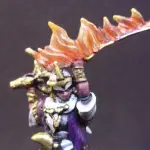
Leave a comment
You must be logged in to post a comment.